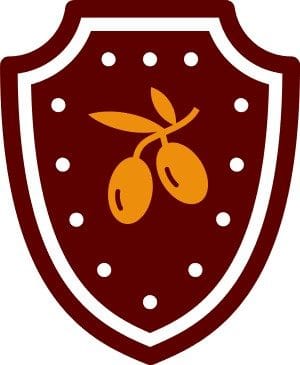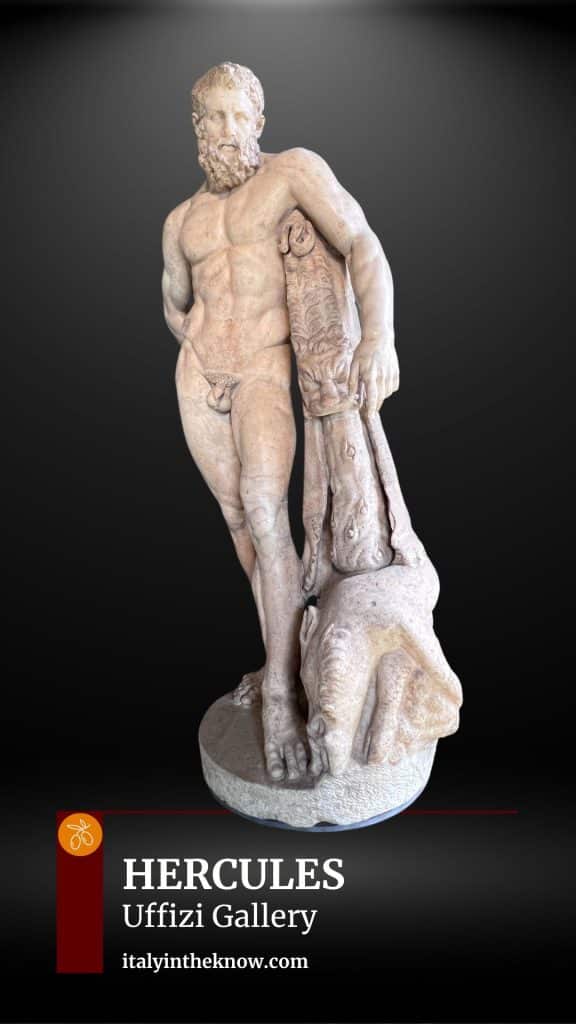Great Places in Rome and Florence to See Hercules and His Epic Adventures
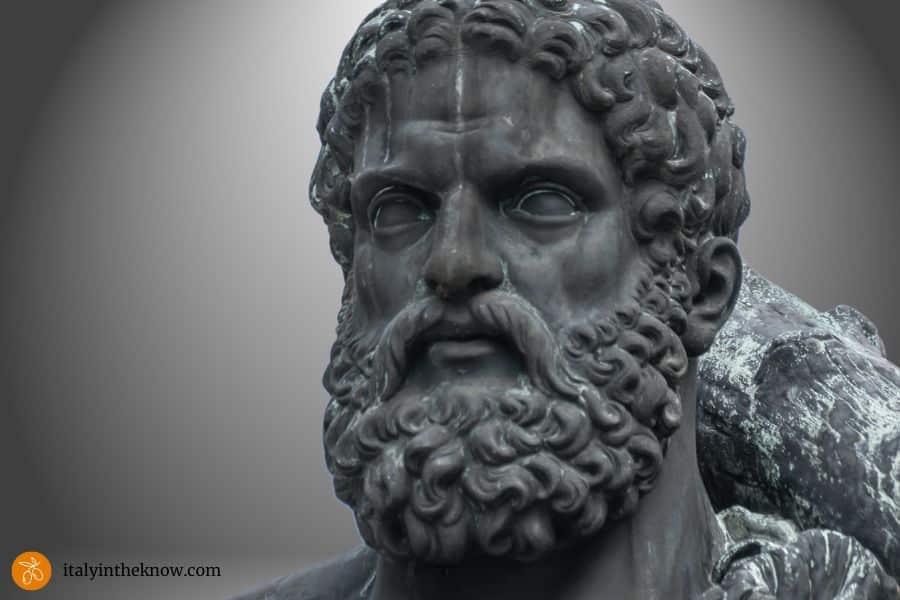
As one of ancient Rome’s most iconic mythological heroes, Hercules was admired for his strength and courage. Thanks to his popularity, many amazing works have survived to present time. Here we’ll cover top spots in Rome and Florence to see him in all his glory, along with a quick look at his origins.
First to set the stage, Hercules didn’t start off as a god. He was the child of Jupiter, the king of the gods and a mortal woman. This made him a demigod with superhuman abilities, but he had a rough path ahead to achieve immortality.
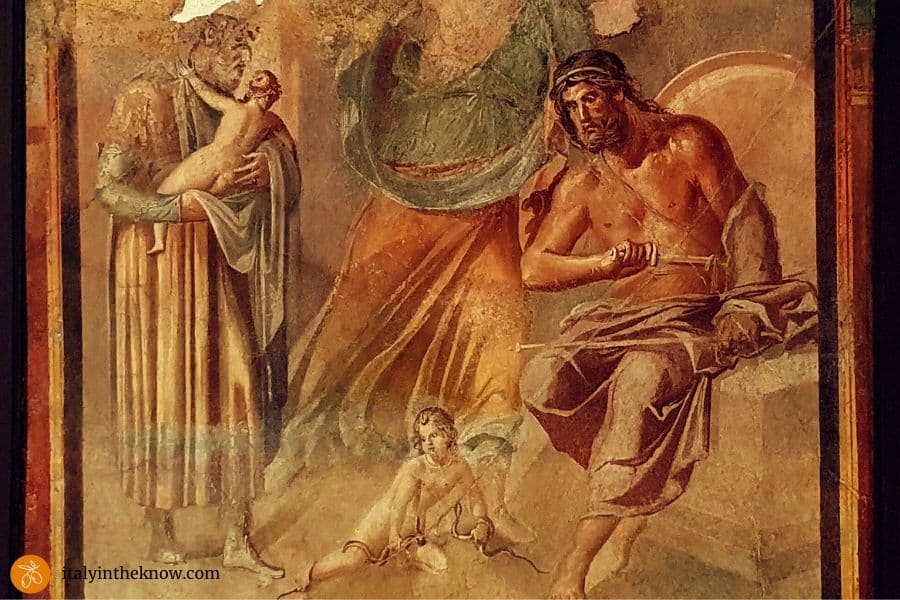
His trials began early because Juno, Jupiter’ wife, was insanely jealous and relentlessly targeted him. When he was a baby, she sent two serpents to kill him in his crib. Later, she drove him to madness causing him to kill his wife and children.
To atone, Hercules consulted the Oracle of Delphi, who advised him to serve King Eurystheus for twelve years as his penance. By doing so, he could purify himself and eventually earn a place among the gods.
The Labors of Hercules
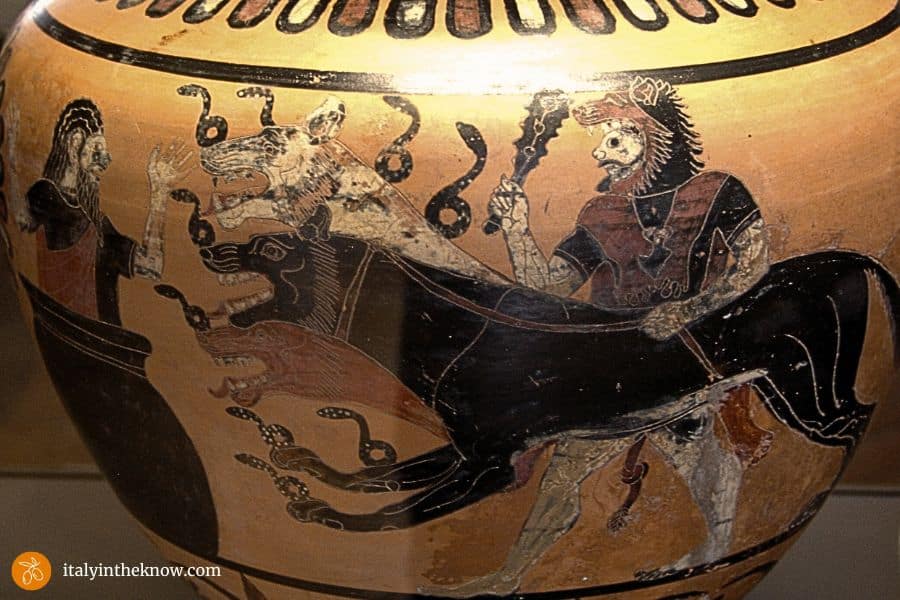
And so began what we now know as the Labors of Hercules—twelve epic challenges that tested his strength and endurance. Many of the artworks and sculptures you see today depict him in the midst of these labors.
Hercules’ cousin, King Eurystheus, was the one who assigned these tasks, but their relationship was far from friendly. With Hera’s influence, Eurystheus inherited the throne meant for Hercules and came up with tasks intended to humiliate or destroy him. In fact, he hoped Hercules would fail and disappear for good.
Here’s a quick overview of the labors to help you recognize and interpret the Hercules-inspired art you’ll see.
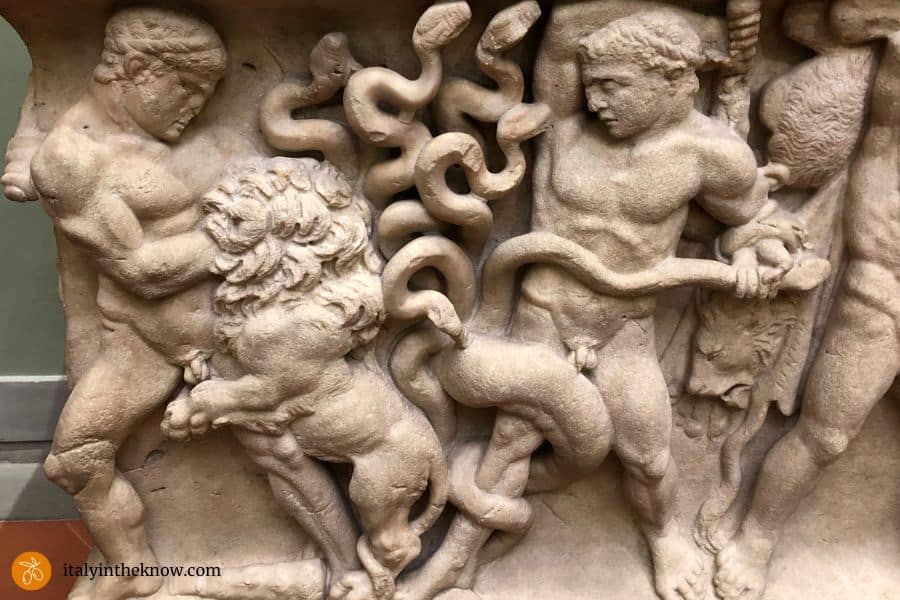
1. The Nemean Lion – This colossal lion terrorized Nemea, attacking livestock and people. No weapon could pierce its hide, so Hercules tackled the beast barehanded, choking it with his bare hands. He later turned the lion’s skin into a cloak, often seen in images of him today.
2. Next, Hercules battled the Hydra, a monstrous serpent with multiple heads that would double when cut off. To defeat it, he burned each neck after severing the head, preventing them from regrowing. He also made his arrows deadly by dipping them in the Hydra’s poisonous blood.

3. The Ceryneian Hind was a sacred deer dedicated to the goddess Diana. Hercules had to capture it unharmed, finally succeeding after a year-long chase.
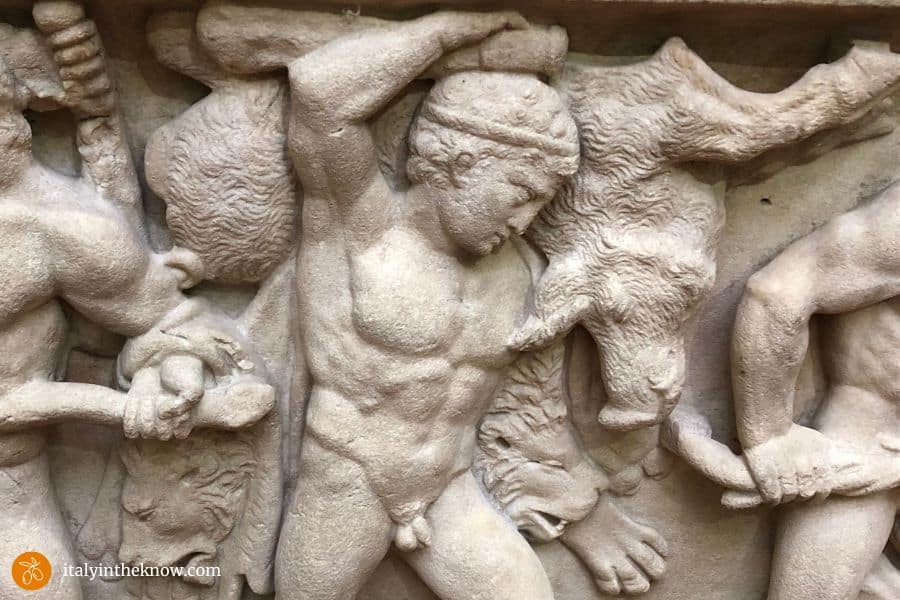
4. The Erymanthian Boar was a huge, fierce creature. Hercules managed to defeat it by driving it into deep snow, where he was able to kill it.
5. The fifth labor gave a whole new twist to the term “mucking out” a stable. Hercules was given the task of cleaning the Augean Stables, a place that hadn’t been cleaned in years and housed thousands of cattle. Using his legendary strength and ingenuity, he rerouted two rivers to flow through the stables, washing away all the filth in a single day.
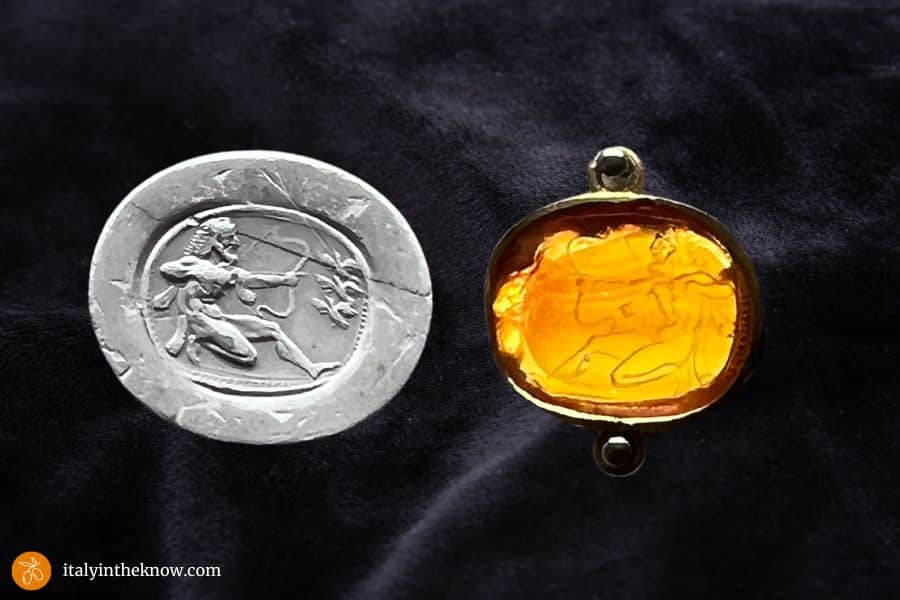
6. In the sixth labor, Hercules had to clear Stymphalian Lake of dangerous, man-eating birds with metallic feathers. With the help of Athena, who gave him castanets, he created a loud noise that startled the birds into the air. He then used his deadly arrows from the Lernaean Hydra to bring them down.
7. For the seventh labor, Hercules traveled to Crete to capture the mighty Cretan Bull, which had been terrorizing the island. Using his unmatched strength, he wrestled the bull into submission and brought it back to King Eurystheus. It was a classic case of “be careful what you wish for.”
8. The Mares of Diomedes were a set of man-eating horses owned by Diomedes, a Thracian king and son of Mars, the god of war. Kept tied to a bronze manger and fed human flesh, these horses were savage and untamable. Hercules gave Diomedes a fitting end by feeding him to his own mares, which calmed them down. After taming them, he took the horses to King Eurystheus, completing the eighth labor.
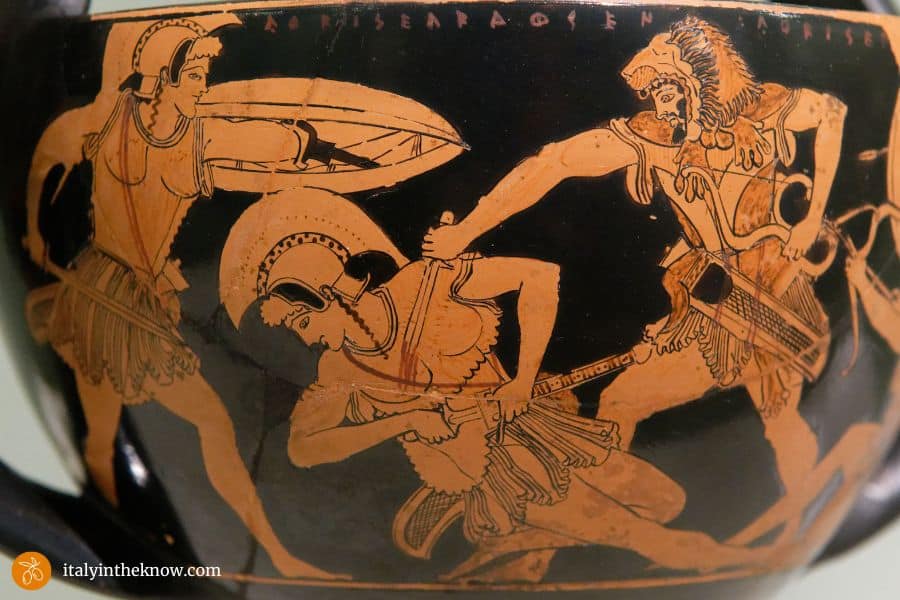
9. The ninth labor required Hercules to obtain the girdle of Hippolyta, the queen of the Amazons. This girdle, similar to a belt, became the focus of a conflict when Hera secretly spread rumors and stirred up the Amazons. So, he was forced to fight in a battle, which he ultimately won.
10. Hercules’ tenth labor sent him to the ends of the earth to capture the cattle of Geryon, a mighty giant with three bodies and his two-headed dog, Orthrus. While he succeeded in getting the cattle, it was a tough challenge, and Geryon and Orthrus didn’t make it out alive.
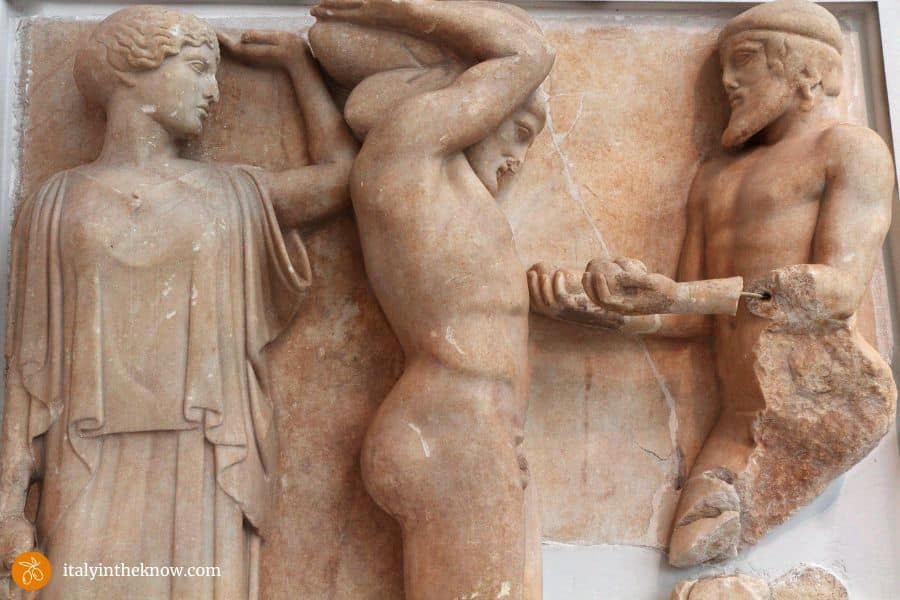
11. Hercules’ eleventh labor was to retrieve golden apples from the Garden of the Hesperides. Ladon, the hundred-headed dragon, protected the apples, which gave immortality to those who ate them. Hercules got help from Atlas, who collected the apples while Hercules held up the sky.

12. The final labor for Hercules was to capture Cerberus, the fearsome three-headed dog guarding the Underworld…without using any weapons. He descended into the Underworld, tamed the creature with his bare hands, and brought it to the surface, proving his extraordinary bravery and strength.
After completing the twelve labors, Hercules’ fame grew, and he continued with heroic deeds. He remarried, but his second marriage was a disaster. His wife, Deianira, fearing infidelity, was tricked into giving him a poisoned cloak she thought would keep him faithful. Instead, the poison burned his skin and the cloak couldn’t be removed.
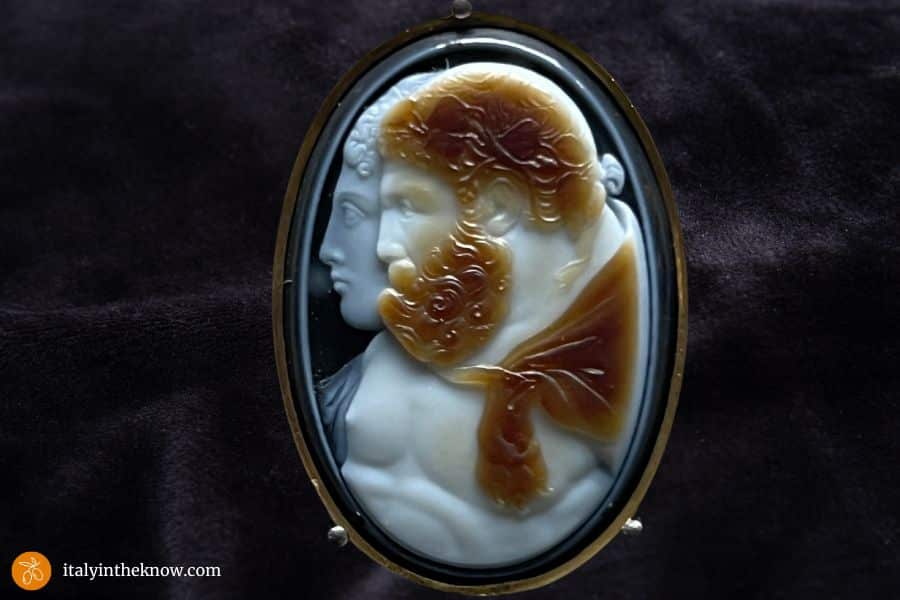
After suffering a painful death, Jupiter granted him immortality, bringing him to Mount Olympus as a god. There, he reconciled with Juno and married Hebe, the goddess of youth, as his divine wife.
During your travels in Italy, there are many places where you’ll come across Hercules. This is especially true in Rome and Florence where you can see exceptional art featuring him.
Most of these places will already be on your must-see list. So, just remember to look for him as you admire the rest of the incredible art. Here are just a few of the top places to see some remarkable works of art featuring Hercules.
Hercules in Rome
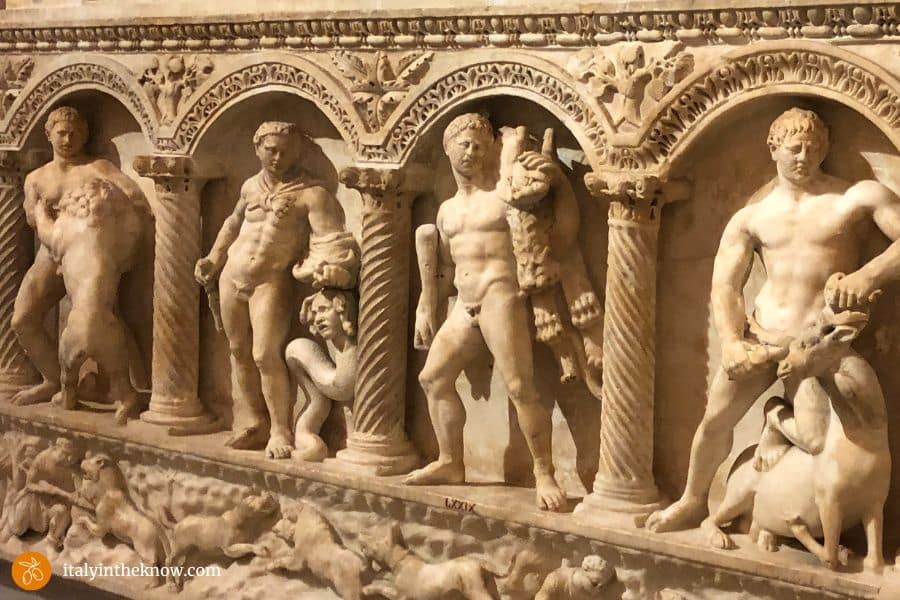
Borghese Gallery
At the Borghese Gallery in Rome, you will find numerous striking works of art that bring Hercules to life. These pieces focus on key moments from his labors, emphasizing his strength, perseverance, and triumphs.
One of the gallery’s standout pieces is a 1st-century AD sarcophagus that vividly depicts scenes of Hercules’ legendary labors, including his battle with the Hydra and the capture of the Erymanthian Boar. The intricate marble carvings capture the hero’s strength and determination, showcasing the exceptional craftsmanship of the Roman era.
The sarcophagus is a powerful testament to his status as both a mortal and a god, symbolizing the ideal of Roman heroism. It also shows how mythological stories were portrayed in funerary art to highlight virtues such as valor and endurance.

Capitoline Museums
The Capitoline Museums in Rome showcase many depictions of Hercules. One of the most impressive is a gilded bronze statue from the 2nd century BC. This nearly 8-foot-tall statue is a cult figure from a temple dedicated to him.
Another remarkable piece is a marble bust of Emperor Commodus dressed as Hercules. The statue features Commodus with the muscular build and lion-skin cloak of the hero, reflecting the emperor’s desire to associate himself with Hercules’ legendary strength and bravery. This piece is a striking example of how Roman emperors used mythological figures to enhance their image, portraying themselves as powerful and divine.
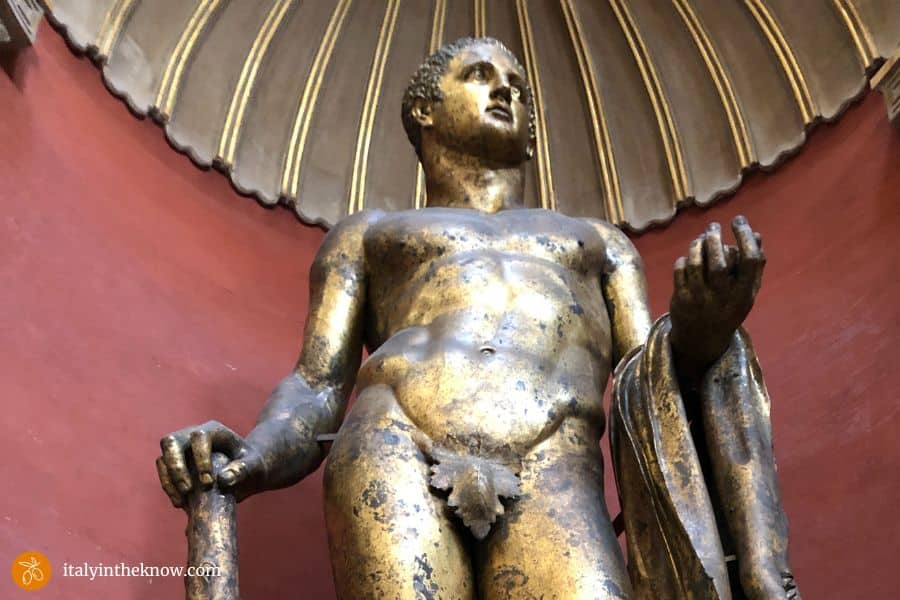
Vatican Museums
The Vatican offers several opportunities to view Hercules-themed art, with one of the most notable being a remarkable statue in the Round Hall at the Vatican Museums. Standing 13 feet tall, the Hercules Mastai Righetti is the largest known bronze statue from the ancient world. The story of this statue is both intriguing and captivating. So, here are a few key details.
In 1864, workers unearthed a large travertine box marked with the letters F.C.S. When they opened it, they found the enormous gilded bronze statue of Hercules. No one knew why he was in the box until later translation of the inscription as Fulgur Conditum Summanium, which roughly means “burial of an item struck by lightning during the night.”
Ancient Romans considered lightning strikes a divine sign from Jupiter, the king of the gods. They believed lighting carried sacred power. So, to honor the gods and prevent misfortune, they performed rituals called fulgur conditum to bury the struck object and contain its power.
This explained why the statue had been placed in a large sarcophagus. Over time, the burial and the protective box helped preserve the statue, though dirt covered the gilding. After a restoration in 2023, visitors can enjoy the statue’s original golden sheen for the first time in over 1,500 years.
Hercules in Florence
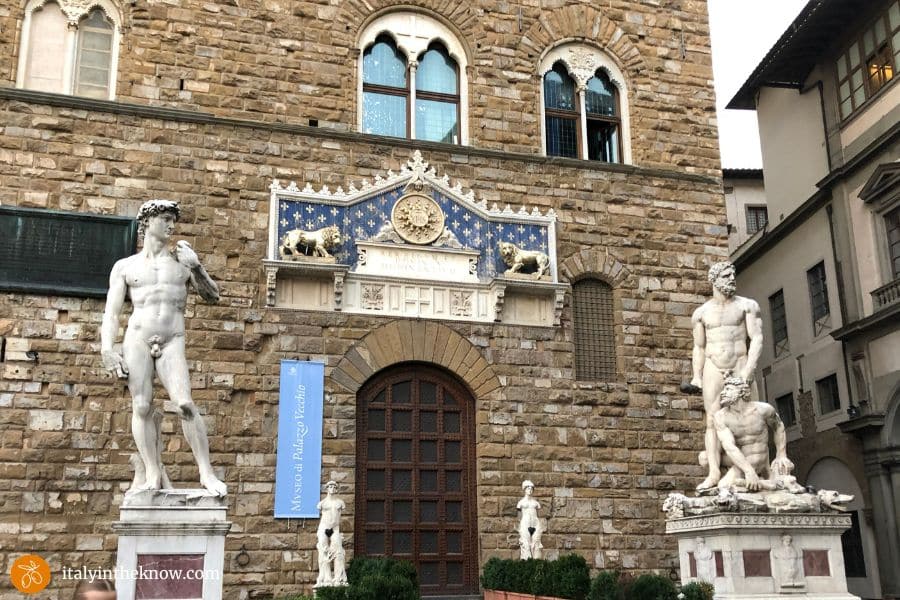
Piazza della Signoria
Like Rome, Florence is rich with representations of Hercules, both inside and outdoors. In the Piazza della Signoria, most visitors focus on Michelangelo’s David in front of Palazzo Vecchio, often overlooking the statue of Hercules defeating the giant Cacus on the other side.
This statue has a fascinating history, shaped by the involvement of multiple artists. It also carries significant symbolism tied to Medici power, reflecting the influence of the ruling family over the republic.
In addition, records relating to the work reveal the intense rivalries and competitiveness among artists during that period. When unveiled in 1534, renowned artist Cellini sarcastically compared Hercules’ muscles to “a sack full of melons.”
Make sure to check out the Loggia dei Lanzi next to Palazzo Vecchio to see Hercules and the Centaur too.
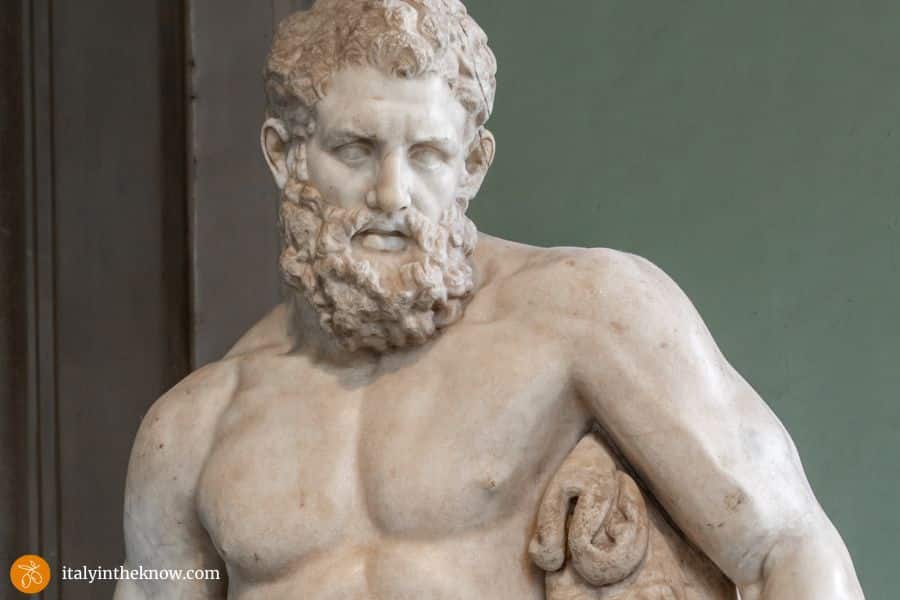
Uffizi Gallery
For those with a keen eye, the Uffizi Gallery in Florence is full of stunning representations of Hercules. One of the most famous is the Farnese Hercules, a 2nd century AD statue that shows the hero resting after he held the world on his shoulders while Atlas retrieved the golden apples from the garden of the Hesperides. He is leaning on his club, draped with the skin of the Nemean lion, with the golden apples held subtly behind his back.
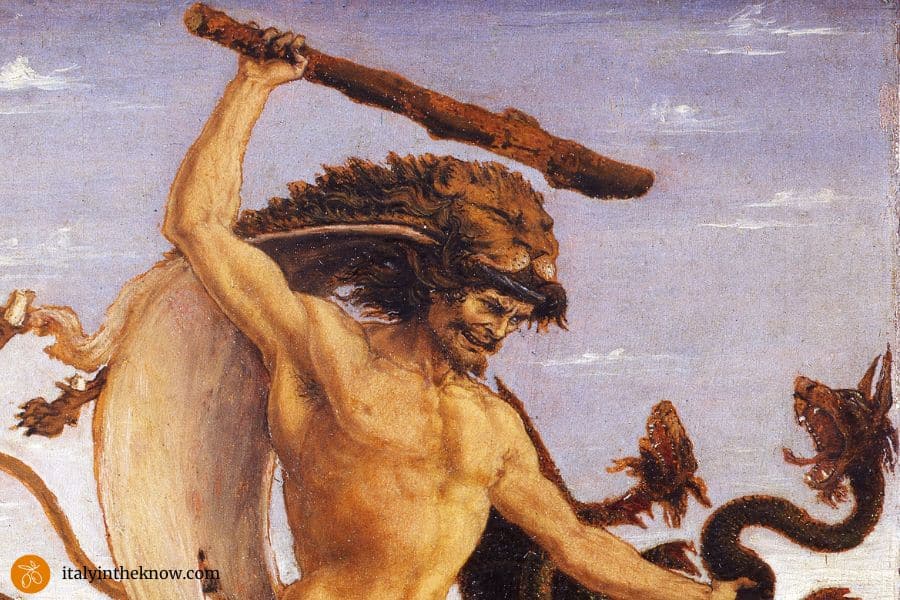
The Uffizi also features Renaissance works, such as Antonio del Pollaiuolo’s “Hercules and the Hydra” and “Hercules and Antaeus.” These small yet rich paintings are full of detail, capturing his intense expressions and dynamic movements as he fights the Hydra, with the Nemean lion’s cloak billowing in the wind. The “Hercules and Antaeus” painting depicts the struggle as he lifts Antaeus off the ground, robbing him of his strength.
Another extraordinary piece in the Roman section is a 1st century AD sarcophagus showing six of Hercules’ twelve labors. In a different style from the Borghese Gallery version, this sarcophagus illustrates Hercules aging as he progresses through his tasks.
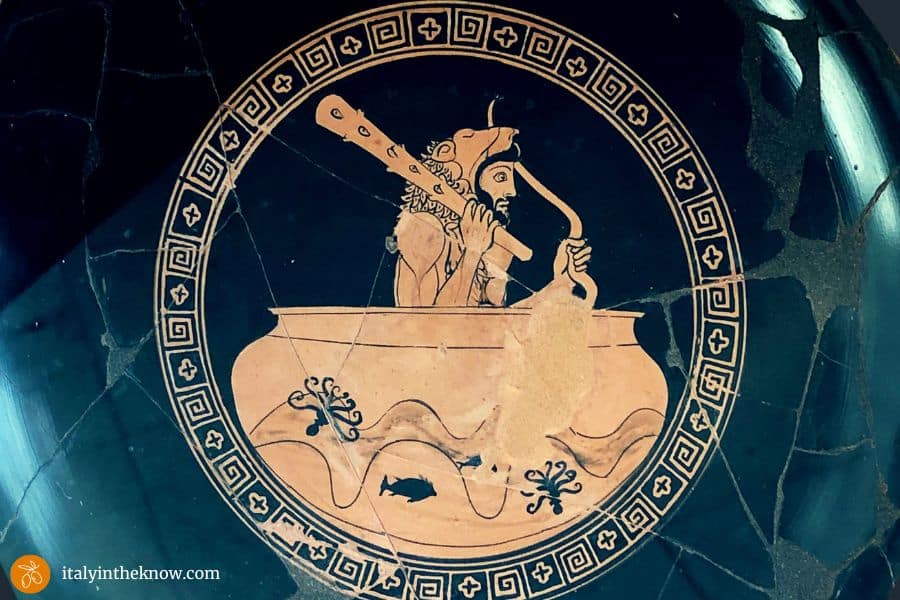
Now, with the rich history behind Hercules in mind, you’ll start to spot him throughout Italy (though not in churches). I find these discoveries much more meaningful and memorable when I understand the stories behind them, turning a simple statue or painting into a deeper connection. Please share your own Hercules sightings in the comments, so we can all add to the list!
For more to see and do in Rome and Florence, be sure to check out this amazing Italy Itinerary and 5 Key Sites in Rome.
Buon viaggio!
Click here to explore Italy in the Know on Pinterest. Discover more insights, exciting destinations, and tips for an unforgettable trip. Prepare for a fantastic trip with Italy in the Know as your guide!
